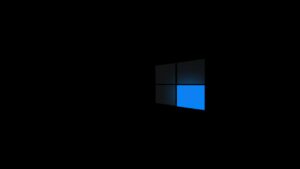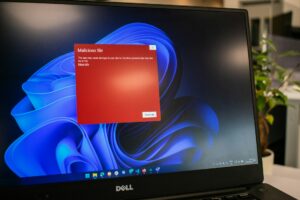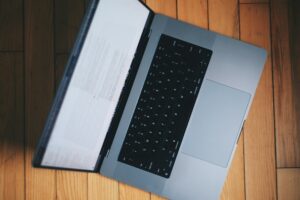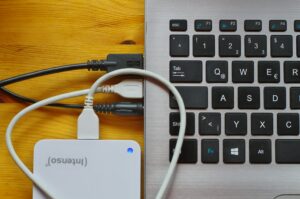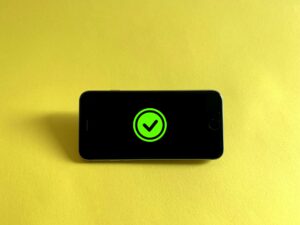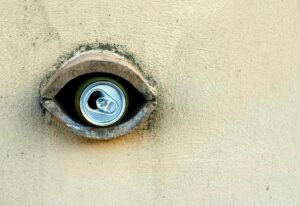What You Can Do to Make Your Windows Laptop Run Faster Without Using Any Software
What You Can Do to Make Your Windows Laptop Run Faster Without Using Any Software
Every Windows laptop has a tendency to slow down significantly over time. Your laptop may give you the impression that it is becoming older before its time if you are experiencing issues such as sluggish performance, lengthy startup times, or unpleasant delays while launching files or apps. In order to bring your system back to life, you are fortunate in that you do not need any complicated equipment or pricey software packages. You may drastically increase the performance of your laptop by making a few clever adjustments and using some of the built-in capabilities, and you can do this without downloading a single software.
1. Perform Consistent Restarts of Your Laptop
Many individuals seldom really restart their computers, despite the fact that it may seem to be a straightforward task. They just put them to sleep or shut the lid on the container. This may, over time, result in memory problems and the accumulation of tasks running in the background. Performing a fresh restart will empty the RAM, terminate any processes that are not essential, and provide Windows with a clean start.
It is recommended that you make it a practice to completely restart your laptop at least once every two or three days, particularly if you use it for extended periods of time or if you regularly remain in sleep mode.
2. Turn off any startup programs that aren’t absolutely essential
There are a lot of programs that are programmed to start themselves automatically once your laptop launches. These apps may use a significant amount of system resources in the background, which can slow down the starting process.
In order to block them:
- Open Task Manager by pressing Ctrl, Shift, and Esc simultaneously.
- Tap the tab labeled “Startup.”
- It is recommended that you go through the list and deactivate everything that does not need Windows to start up. This includes chat applications, update managers, and third-party drivers.
- Remember to only leave programs that are really necessary, such as security software or drivers that are required.
3. Wipe off any temporary files and clear the cache.
The temporary files that are created by applications, browsing, installation, and updates are stored on your laptop. Your system will get more cluttered and slower as a result of the accumulation of these files over time.
It is possible to remove them manually:
- After pressing Windows and R, type temp and then press Enter.
- Choose all of the files, and then delete them.
- Similarly, repeat the process using the prefetch and %temp% instructions.
There is no risk involved in deleting these directories, and doing so will free up gigabytes of space that were causing your system to run more slowly.
4. Be sure to disable all animations and visual effects.
Windows’ animations and transparency effects give the operating system a smooth appearance; nevertheless, these purely aesthetic elements cost memory and computing resources, particularly on laptops that are older or have lower specifications.
In order to turn off visual effects:
- While holding down the Windows key and the R key, type sysdm.cpl and then press the Enter key.
- After selecting the Advanced tab, choose the Settings option located under Performance.
- If you want the optimum performance, choose Adjust. Alternatively, you may manually uncheck the items that you do not need, such as fade or slide animations.
- As soon as you make this adjustment, you will notice that the response is much quicker.
5. Remove any unnecessary programs and bloatware from your computer.
In many cases, laptops come pre-installed with trial software or applications from third-party developers that you did not request. These applications have the capability to execute services in the background, schedule automated upgrades, and generally squander resources.
Getting rid of them:
- Navigate to the Settings menu, then choose Apps, and then select Installed Apps (or Apps & Features).
- You should go through the list and remove everything that you are no longer familiar with or using.
- Keep just the programs that you really need. The removal of each application frees up space on the hard drive, RAM, and CPU cycles.
6. Make Clear Space on Your Hard Drive
If your hard drive, particularly a standard hard disk drive (HDD), is getting close to its capacity, Windows will slow down. When it comes to writing cache files, managing memory, and carrying out activities without any hiccups, the system requires free space.
To make more room, this is how to do it:
- Delete any outdated downloads, duplicate files, or films that are not being utilized.
- Make sure to routinely empty the recycle bin.
- In order to automatically clear out garbage files, you may use Storage Sense, which can be found under Settings > System > Storage.
- When you have a disk that is completely full, you may want to think about shifting huge media files to an external drive or to cloud storage.
7. Modify the Electricity Settings
There is a deliberate slowdown in the performance of the central processing unit (CPU) in laptops that are operating in the “Power Saver” mode. Make sure to switch to a higher performance profile if you are plugged in or if you wish to run at full speed.
- To access the power and battery settings, go to Settings > System > Power & Battery.
- You may choose between Best Performance or Balanced under the Power Mode label.
- Using this simple configuration, processing may be significantly sped up without the need to install anything.
8. Ensure that Windows is always up to date
Microsoft publishes updates on a regular basis to address issues, enhance performance, and optimize the operating system. A great number of individuals choose to skip updates, despite the fact that they often include essential improvements that may fix slowness.
In order to check for any updates:
- Click the Check for Updates button once you have navigated to Settings > Windows Update.
- Restarting your machine after installing any updates that are still waiting will allow you to reap the full benefits of the update.
9. Make Use of the Built-In Disk Cleanup Windows comes with a built-in utility known as Disk Cleanup that may search your computer for items that are not needed, such as outdated backups of updates, log files, and other irrelevant files.
Utilize it by:
- Go to the Start menu and look for the Disk Cleanup option.
- Choose your drive, which is often C:.
- “System created Windows Error Reporting” and “Temporary files” are two of the most important boxes to check, and then you should click the OK button.
- Not only is it risk-free and efficient, but it also does not call for any extra instruments.
10. When using Windows Security, do a scan for viruses.
Despite the fact that this does not install any third-party software, it is essential to make sure that your computers are clean. Malware, adware, and rogue scripts are all capable of eating up CPU and RAM without being noticed.
Launch the Windows Security program and do a Full Scan in order to identify and eliminate any possible dangers. This built-in utility serves its purpose well and receives frequent updates from Microsoft.
